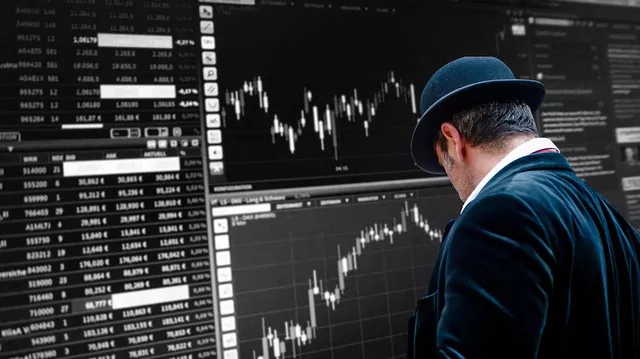Commodity futures trading is a dynamic and exciting investment strategy that allows individuals to speculate on the future price movements of various raw materials and agricultural products. This article aims to provide a detailed overview of commodity futures, explaining what they are, how they work, and their significance in the financial markets.
Understanding Commodity Futures
Definition and Purpose:
Definition: Commodity futures are standardized contracts that enable traders to buy or sell a specified quantity of a commodity at a predetermined price on a future date.
Price Discovery: Commodity futures provide a platform for market participants to determine future price expectations based on supply and demand factors.
Types of Commodities:
Raw Materials: Commodities include energy resources (such as oil and natural gas), precious metals (such as gold and silver), industrial metals (such as copper and aluminum), and agricultural products (such as wheat, corn, and soybeans).
Mechanics of Commodity Futures Trading
Contract Specifications:
Standardization: Commodity futures contracts have predefined specifications regarding contract size, quality, delivery location, and expiration date.
Tick Size and Margin Requirements: Each commodity futures contract has a specific tick size (minimum price increment) and margin requirement, which determines the capital needed to trade the contract.
Role of Exchanges and Clearinghouses:
Exchanges: Commodity futures contracts are traded on regulated exchanges, such as the Chicago Mercantile Exchange (CME) or Intercontinental Exchange (ICE), providing a transparent and centralized marketplace.
Clearinghouses: Clearinghouses act as intermediaries, ensuring the settlement and delivery of futures contracts and reducing counterparty risk.
Benefits and Risks of Commodity Futures Trading
Benefits:
Price Hedging: Commodity futures allow producers, consumers, and investors to hedge against price fluctuations, protecting against adverse movements in the underlying commodity.
Speculative Opportunities: Traders can profit from both upward and downward price movements in commodities by taking long or short positions in futures contracts.
Risks:
Price Volatility: Commodity prices can be highly volatile, influenced by factors such as geopolitical events, weather conditions, and global economic trends.
Leverage and Margin Calls: Commodity futures trading involves leverage, amplifying both potential profits and losses. Margin calls may require additional capital to maintain positions.
Trading Strategies and Market Analysis
Fundamental Analysis:
Supply and Demand Factors: Analyze factors such as production levels, consumption trends, weather patterns, and global economic indicators to assess the potential future price movements of commodities.
Government Policies and Reports: Pay attention to government policies, trade regulations, and market reports that can influence commodity prices.
Technical Analysis:
Chart Patterns: Use technical indicators, support and resistance levels, and chart patterns to identify potential entry and exit points in commodity futures trading.
Trend Analysis: Follow price trends and momentum indicators to capitalize on bullish or bearish market conditions.
Risks Management and Trade Execution
Risk Management Techniques:
Stop-Loss Orders: Implement stop-loss orders to limit potential losses by automatically exiting a position if the price reaches a predetermined level.
Position Sizing: Determine the appropriate position size based on risk tolerance, account size, and market conditions.
Trade Execution:
Order Types: Learn about different order types, such as market orders, limit orders, and stop orders, to execute trades effectively.
Trade Monitoring: Regularly monitor open positions, market conditions, and news events that may impact commodity prices.
Conclusion
Commodity futures trading offers an opportunity for individuals to participate in the exciting world of commodities, allowing them to speculate on price movements and manage risk. By understanding the mechanics of commodity futures, conducting thorough market analysis, and implementing effective risk management strategies, traders can navigate this dynamic market with confidence.


